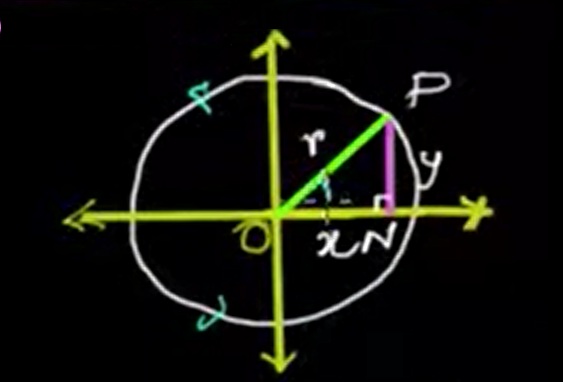Trigonometry is a branch of mathematics that studies relationships between the angles and sides of triangles. While originally developed to study angles in geometry, trigonometry plays a major role in physics, engineering, astronomy, and other scientific fields.
A rotation angle is formed when a ray rotates about its endpoint. If the initial side of the ray lies along the positive x-axis and it rotates to a terminal side, the angle it makes is measured in radians or degrees.
The range of rotation angles is:
\( -\infty < \theta < \infty \)
| Geometrical Angle | Trigonometric Angle |
|---|---|
| Measured only between 0° and 180°. | Measured in a complete range \( -\infty < \theta < \infty \). |
| Formed by intersecting lines or segments in geometry. | Formed by rotation of a ray on a coordinate plane. |
| Typically acute, right, obtuse, or straight angles. | Can be positive, negative, and extend beyond full rotations. |
| Commonly used in static shapes (like triangles). | Commonly used in dynamic and periodic systems (like waves). |

Consider a triangle ONP, where:
Let ∠PON = \( \theta \). This is the angle formed between the radius and the x-axis. In triangle ONP, the basic trigonometric ratios of angle \( \theta \) are defined as:
Trigonometry introduces us to angles beyond geometry, where angles can take on any real value. Trigonometric ratios connect angles to side lengths in triangles, and are foundational to many fields including engineering, physics, and navigation.